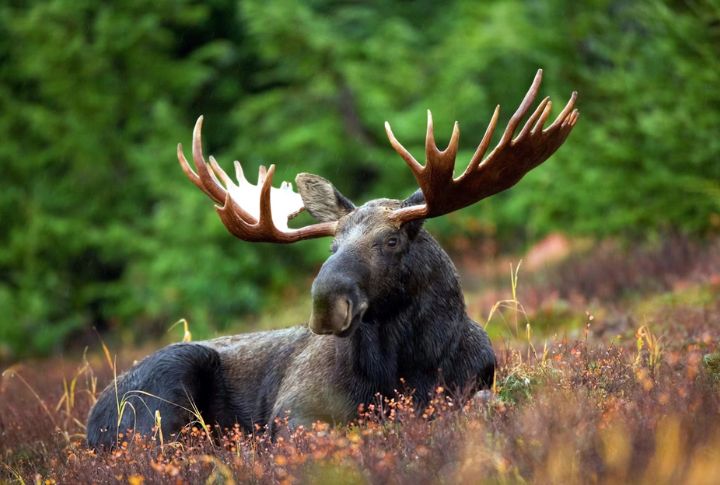
Earth is home to creatures of staggering size and strength. Some dominate the land, others glide silently beneath the waves, but all stand as remarkable examples of nature’s extremes. This list takes you on a journey through the animal kingdom’s most colossal members—living giants shaped by evolution and scale. Swipe to read about them.
Blue Whale
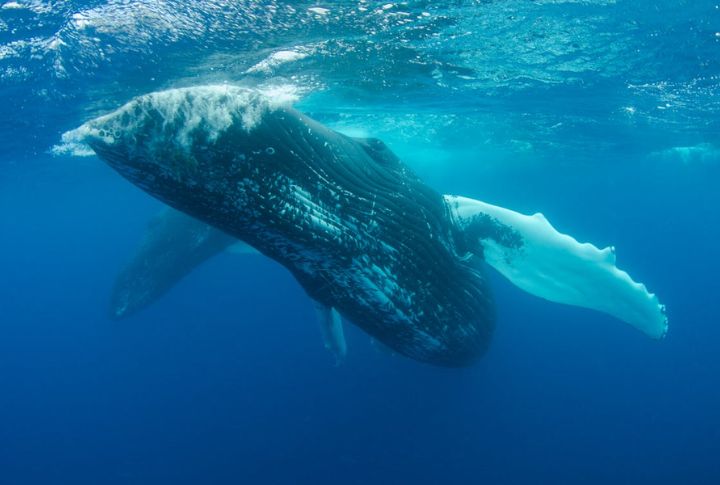
The blue whale, found in the world’s oceans, is the largest animal on the planet. Stretching more than 100 feet and weighing up to 200 pounds, this mamale has a heart the size of a small car. Its tongue alone rivals an elephant in weight, making it an icon of marine enormity.
Sperm Whale
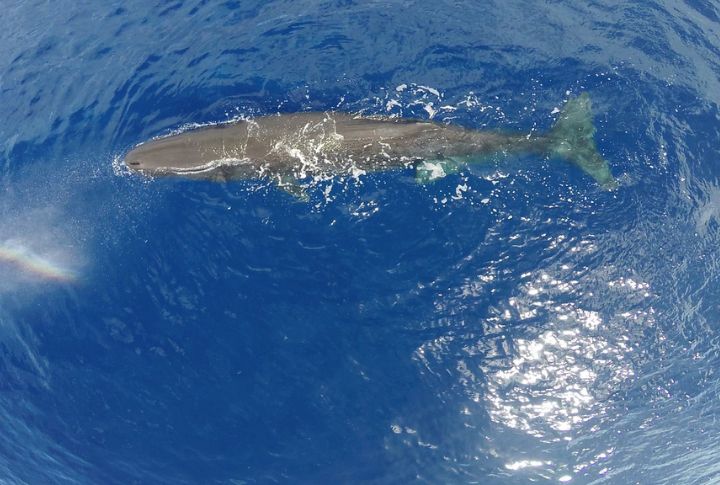
Growing up to 67 feet long with a mass of 63 tons, the Sperm Whale is the biggest-toothed predator on Earth. The mammal’s brain is bigger than that of any other animal alive. It dives more than 3,000 feet to hunt, and uses powerful echolocation clicks to find its way in the pitch-black depths of the ocean.
African Elephant
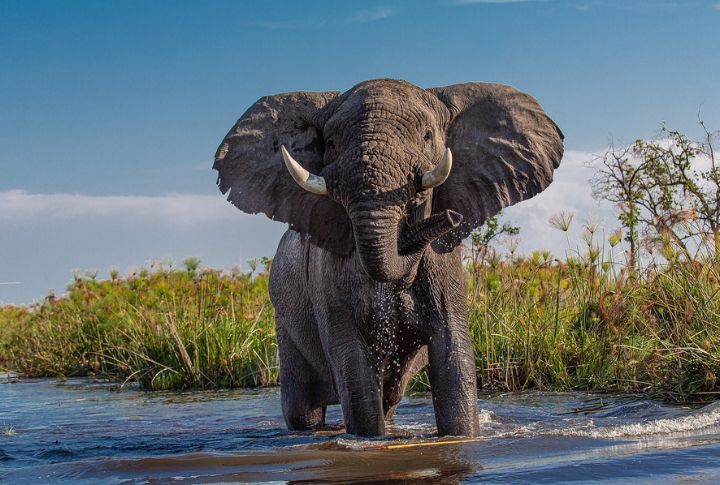
Found in the savannas, the African elephant is the biggest land animal alive today. Taking in up to 300 pounds of food daily, it can have a mass of 14,000 pounds and stand 13 feet tall. With 6-foot ears and tight-knit, matriarch-led herds, these elephants display extraordinary intelligence and deeply rooted social structures.
Asian Elephant
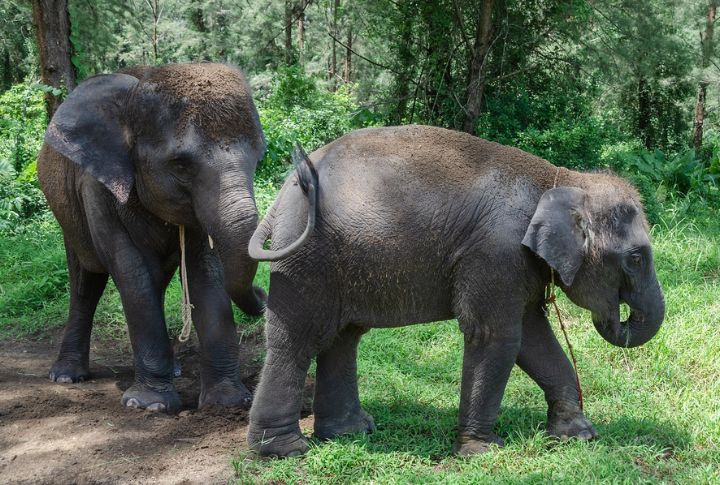
The domed head and smaller ears help to distinguish the Asian elephant from other species. It, however, is smaller than its African cousin, reaching up to 11,000 pounds and having more than 40,000 trunk muscles. Sadly, this brilliant elephant breed faces serious threats from habitat loss and human encroachment.
Whale Shark
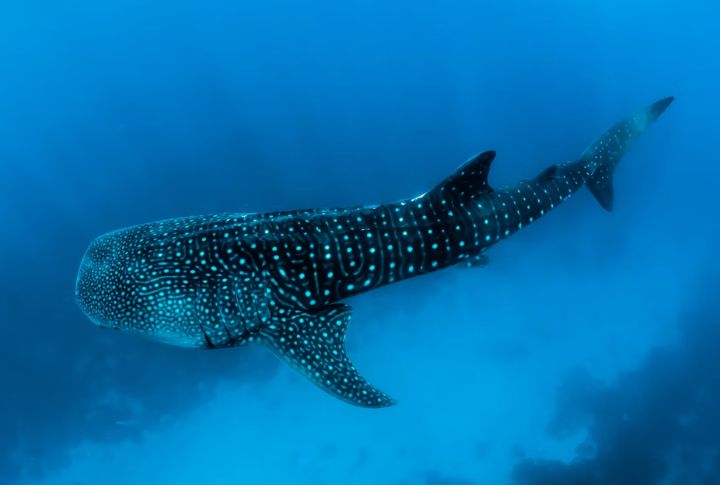
The whale shark, the world’s largest living fish, can grow to 40 feet and weigh over 20 tons. Despite its massive size and rows of 3,000 tiny teeth, it is a peaceful behemoth that feeds by filtering plankton from the water. The species thrives in warm, tropical oceans worldwide.
Southern Elephant Seal
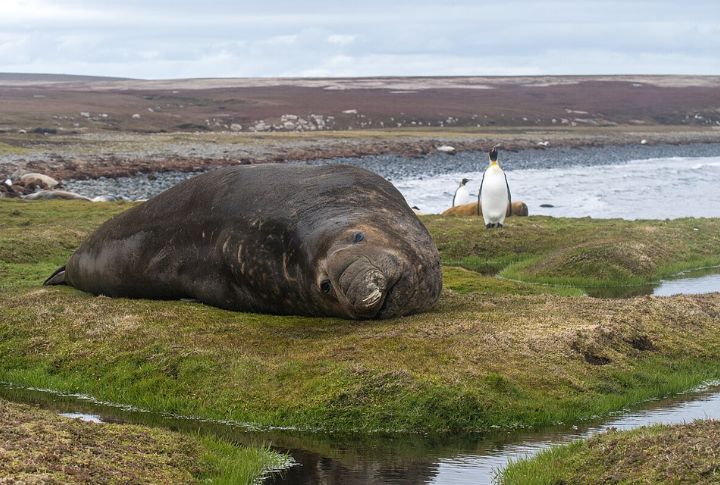
Males of the Southern Elephant Seal can reach 20 feet in length and weigh more than 8,000 pounds. Named for the male’s trunk-like nose, they are the biggest of all seals. These deep divers reach depths of over 7,000 feet and spend months at sea without returning to land.
Hippopotamus
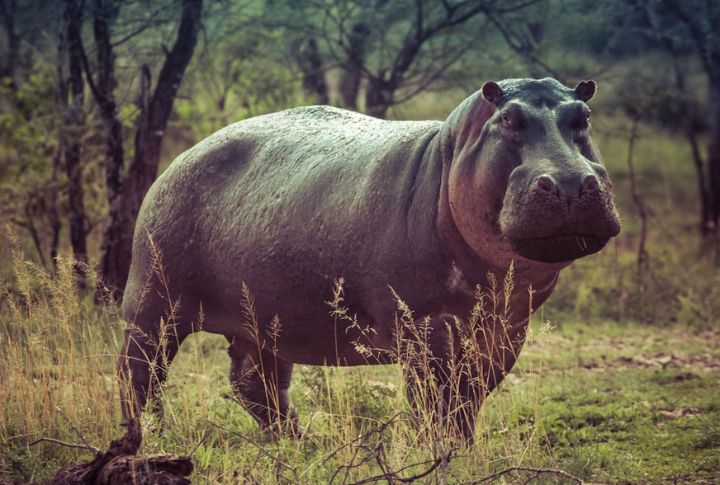
The Hippopotamus combines brute strength with surprising agility. It can weigh up to 9,900 pounds, run at 19 mph, and stay underwater for five minutes at a time. Its massive jaws, which open to 150 degrees, deliver bone-crushing bites, making it one of the deadliest animals in Africa.
Saltwater Crocodile
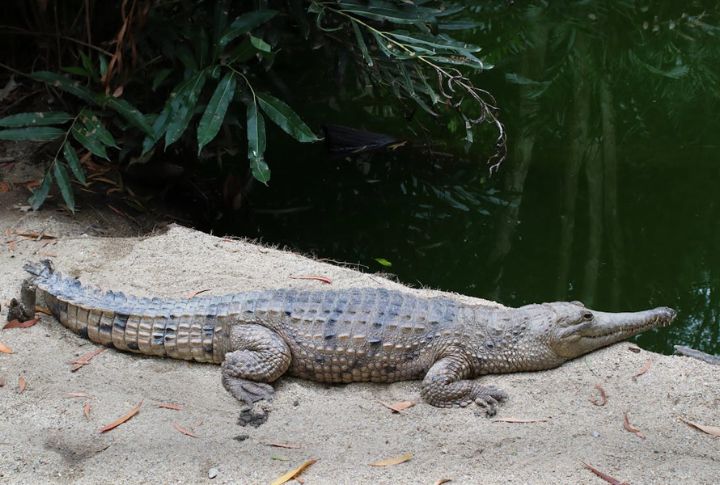
As the largest living reptile, the Saltwater Crocodile can measure up to 2,200 pounds and grow 23 feet long. It’s an apex predator found in rivers and coastal areas. Possessing the strongest bite force of any animal, it’s built for power, and can live for at least 70 years in the wild.
Pacific Walrus
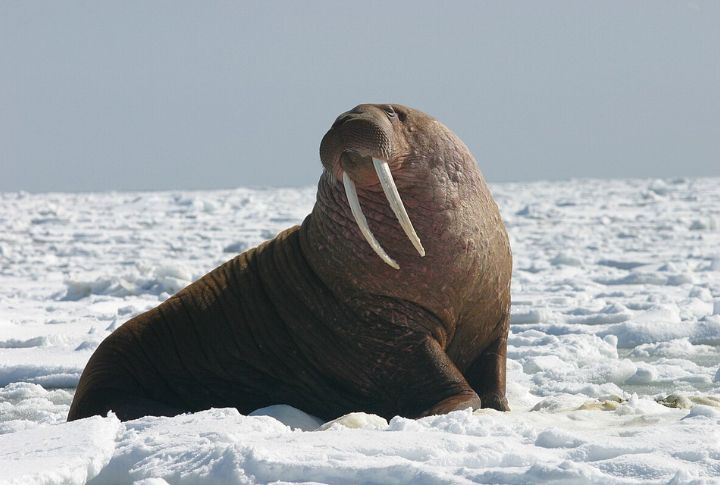
A thick layer of blubber helps the Pacific Walrus stay warm in frigid waters and store energy during seasonal shifts in ice cover. It reaches 12 feet in length, supported by a weight up to 4,400 pounds. The males of this animal clash using long, curved tusks to establish dominance.
Indian Gaur
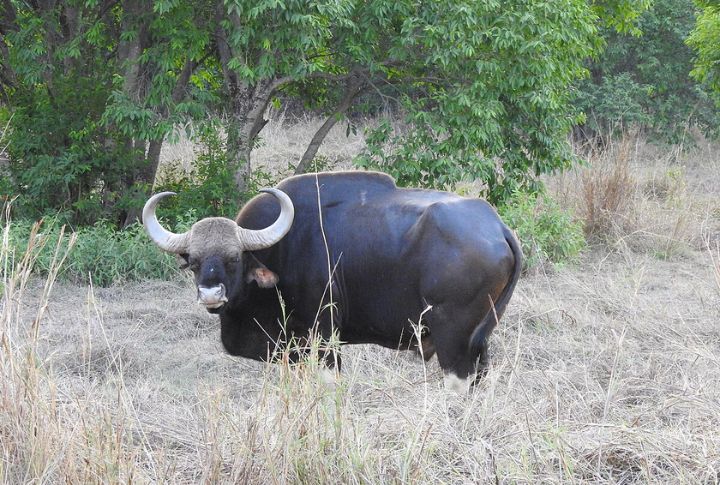
Native to India and Southeast Asia, the Indian Gaur, also known as the Indian Bison, is one of the most formidable wild cattle species. Tipping the scales at up to 3,300 pounds and towering over 7 feet at the shoulder, its muscular frame deters many predators.
White Rhinoceros
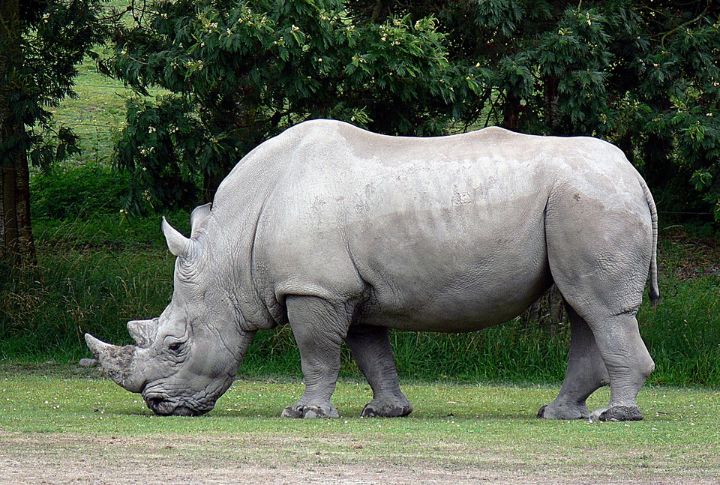
The White Rhinoceros, the second-largest land mammal, can scale up to 5,000 pounds and is built for strength. It has a broad, square mouth ideal for grazing and two horns made of keratin. In the wild, this powerful creature can live for more than 40 years.
American Bison
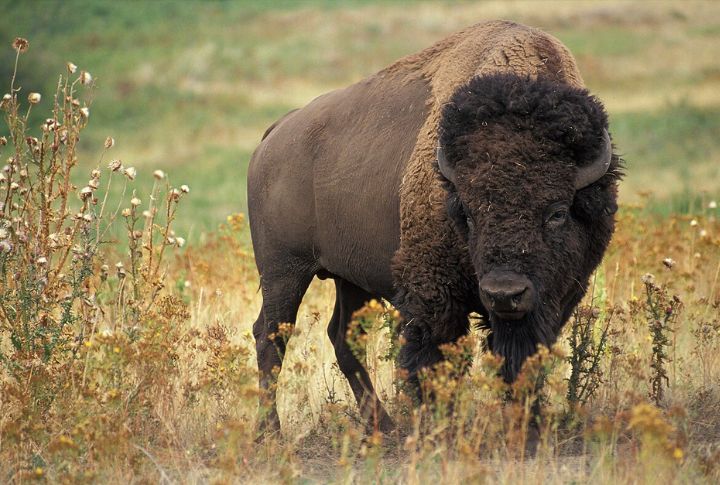
Weighing as much as 2,600 pounds and reaching 35 mph at full speed, the American bison is North America’s largest land animal. It helps grasslands stay healthy by grazing and wallowing. Though nearly gone in the 1800s, its return shows what real recovery can look like.
Polar Bear
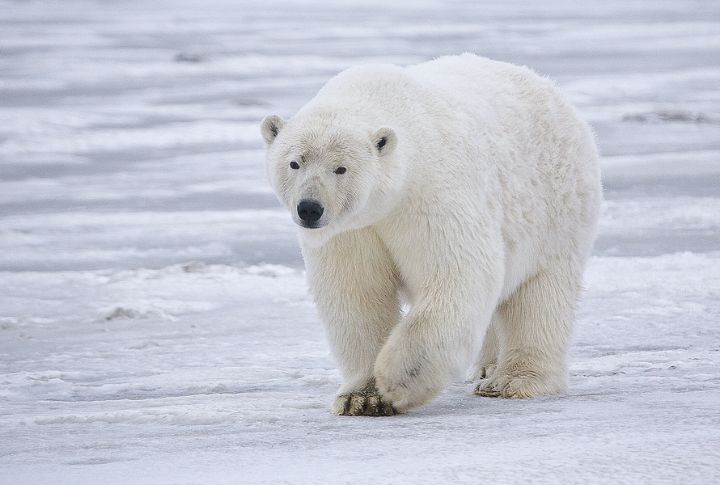
Its thick fur and a dense layer of blubber aid the polar bear in surviving the Arctic by generating insulation. Some males can bulk up to 1,700 pounds and reach 10 feet in height when standing on their hind legs. It also hunts on sea ice and can swim approximately 60 miles nonstop.
Kodiak Bear
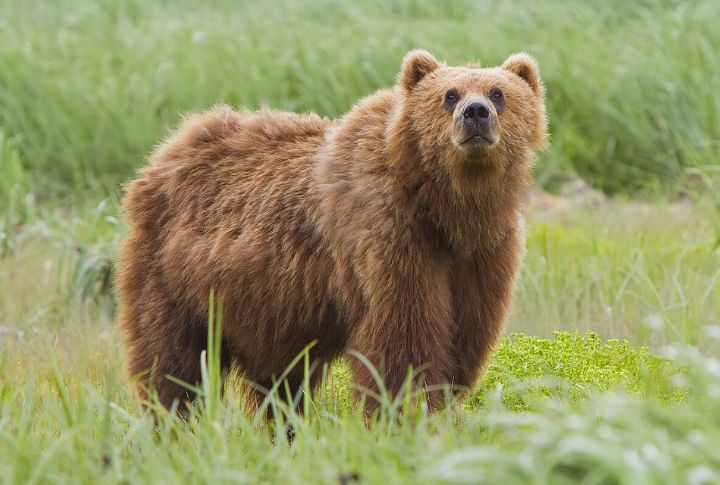
For the Kodiak Bear, feeding on salmon and berries is a staple. Endemic to Alaska’s Kodiak Archipelago, it inhabits diverse environments, such as coastal forests as well as alpine tundra. Exceeding 1,500 pounds in mass and standing 10 feet tall, it is one of the most powerful subspecies of the brown bear.
Leatherback Sea Turtle
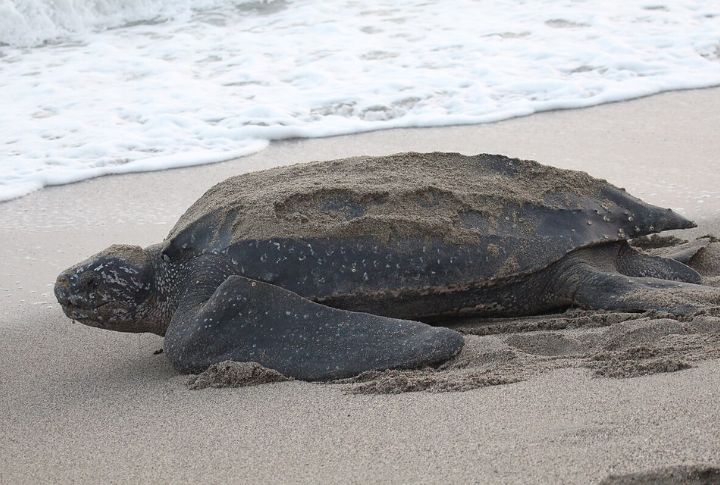
Able to grow up to 7 feet and 2,000 pounds, the Leatherback is the ocean’s biggest sea turtle. Its soft shell allows it to reach depths over 4,000 feet. These powerful swimmers cover thousands of miles each year, chasing jellyfish across open oceans.
Moose
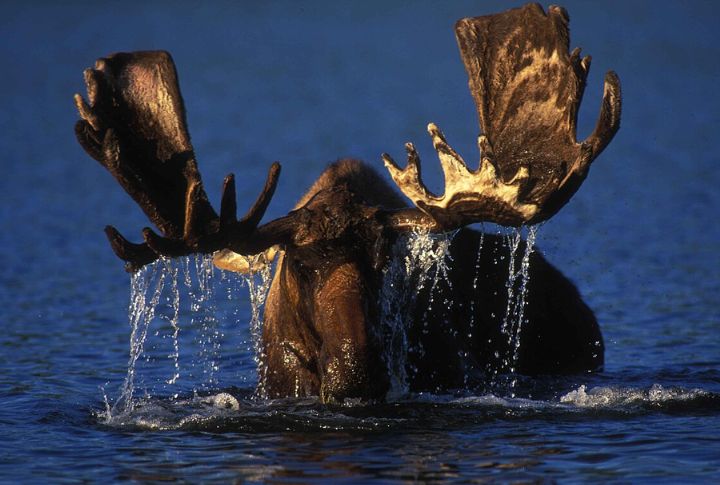
Surprisingly agile in water, moose are strong swimmers and can plunge up to 20 feet to feed on aquatic plants. They inhabit northern forests and are the largest species in the deer family. A single moose can weigh up to 1,800 pounds, with a male’s antlers that span over 6 feet.
Cape Buffalo

Found in the grasslands of sub-Saharan Africa, the Cape buffalo is a powerful and unpredictable grazer, measuring up to 2,000 pounds. Its stocky frame and curved horns make it a formidable presence. Highly protective of its herd, this species is known for its aggression and is responsible for many injuries to hunters.
Giant Oceanic Manta Ray
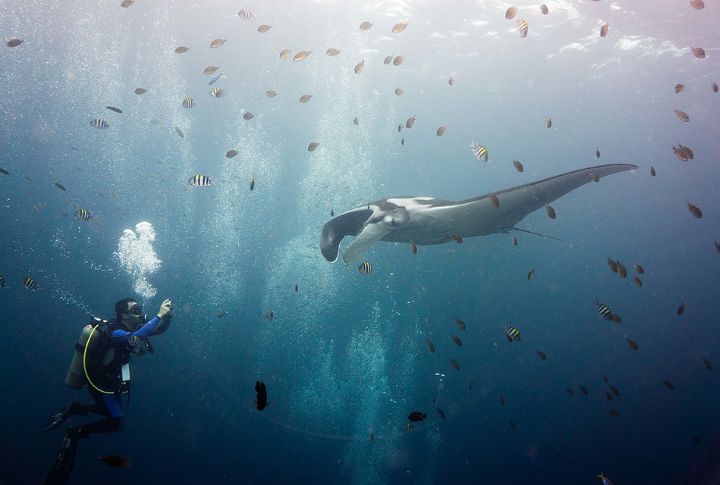
The Giant Oceanic Manta Ray, with its 23-foot wingspan, soars underwater in search of plankton. Known for its enormous size and graceful flight, it also has the largest brain of any fish. At times, it bursts above the waves in a rare, acrobatic display.
Ocean Sunfish (Mola Mola)
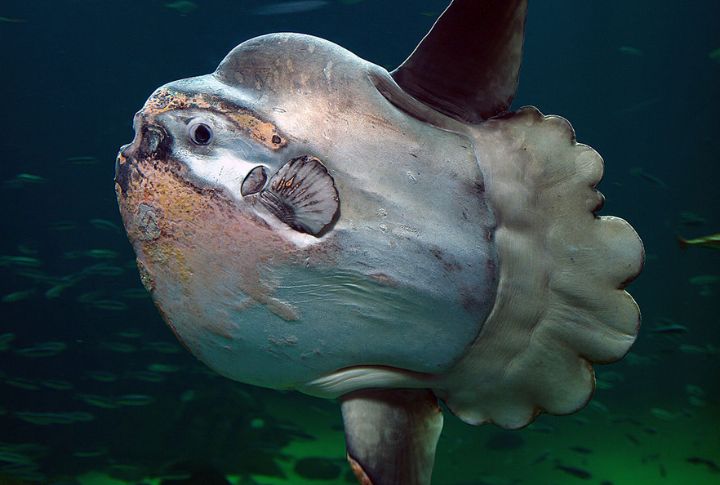
Female ocean sunfish are highly fertile, capable of producing millions of eggs during a single spawning event. Their rounded, pancake-like body makes them the heaviest bony fish, which can weigh up to 5,000 pounds. It can also measure 10 feet in length and 14 feet from fin to fin.
Reticulated Python

One of the heaviest and longest snakes on Earth, the Reticulated Python coils its massive body to suffocate prey. It swallows large animals whole—including deer. Found in Southeast Asia, it grows beyond 30 feet and can tip the scales at around 350 pounds.

